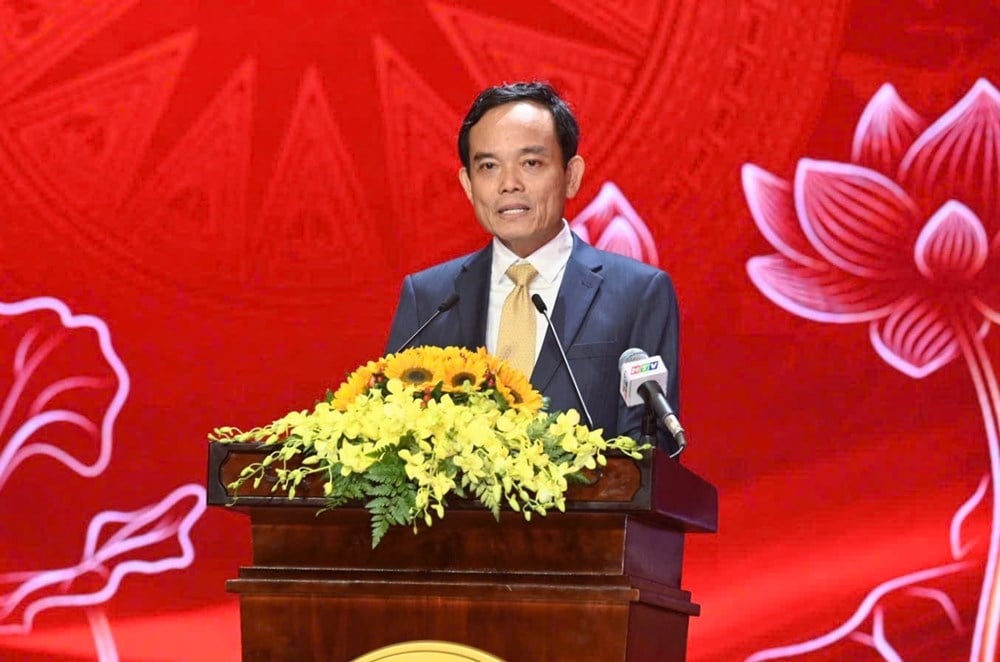
On the morning of October 18, at the Ho Chi Minh City Academy of Officials, the Conference to Summarize 50 Years of Ho Chi Minh City Literature and Arts after the country's reunification (April 30, 1975 - April 30, 2025) was solemnly held. Secretary of the Party Central Committee, Secretary of the Ho Chi Minh City Party Committee Tran Luu Quang attended and delivered a speech.
Also attending the Conference were Party Central Committee member, Standing Deputy Secretary of the Ho Chi Minh City Party Committee Le Quoc Phong; Deputy Head of the Central Propaganda and Mass Mobilization Commission Tran Thanh Lam;
Deputy Minister of Culture, Sports and Tourism Ta Quang Dong; leaders and former leaders of Ho Chi Minh City, professional associations and especially the team of artists in the field of literature and arts of the City.
Half a century of formation and development of Ho Chi Minh City's literature and arts
In a summary report on the results and evaluation of 50 years of literature and art in Ho Chi Minh City before the merger (July 1, 2025), Head of the Propaganda and Mass Mobilization Department of the Ho Chi Minh City Party Committee Duong Anh Duc emphasized that over the past half century, the City Party Committee has focused on comprehensive leadership and direction in the field of literature and art, from awareness and organization to policy implementation, investment, training, preservation and promotion of cultural values.
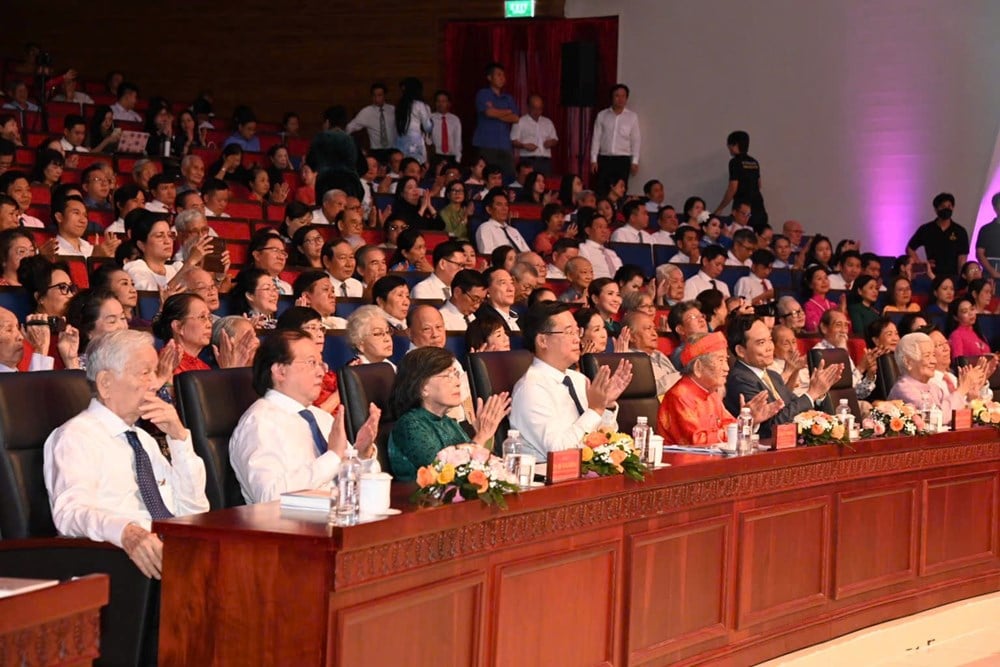
In terms of achievements, Ho Chi Minh City has formed and completed the system of cultural and artistic institutions, many key projects have been newly built or upgraded such as Tran Huu Trang Theater, Phu Tho Circus and Multi-purpose Performance Theater, War Remnants Museum, Ton Duc Thang Museum..., contributing to spreading cultural life to the suburbs, countryside and suburbs.
Creative and promotional activities are promoted through literary and artistic competitions and awards, creative movements, and many art programs serving political tasks, towards borders, islands, and overseas Vietnamese.
The work of preserving and promoting literary and artistic heritage, especially the types listed by UNESCO, is closely directed; folk artisans, People's Artisans, and Meritorious Artisans are given favorable conditions to practice and teach, contributing to preserving the national cultural identity.
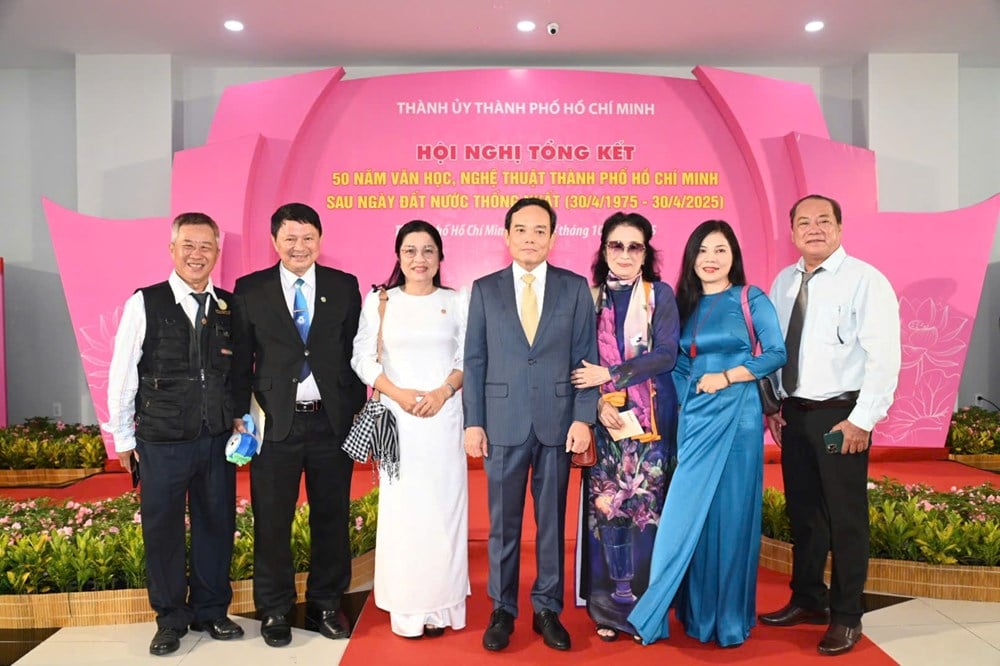
The city encourages the socialization of artistic activities, creating conditions for private units to invest, stage, and bring products with their own mark. The team of artists is increasingly developing in both quantity and quality, and is encouraged to train flexibly (formal, vocational).
Policies to care for and support elderly and disadvantaged artists and to honor those with outstanding contributions are regularly implemented.
Literary and art theory and criticism activities are maintained and promoted. After 15 years of establishment, the Ho Chi Minh City Council of Literature and Art Theory and Criticism has contributed to orienting creation, discovering and promoting the values of truth, goodness and beauty, and promptly criticizing deviant tendencies.
Along with that, the City focuses on innovating the operating model of theaters, public and socialized art units; promoting the role of the Ho Chi Minh City Union of Literature and Arts Associations in uniting and gathering artists.
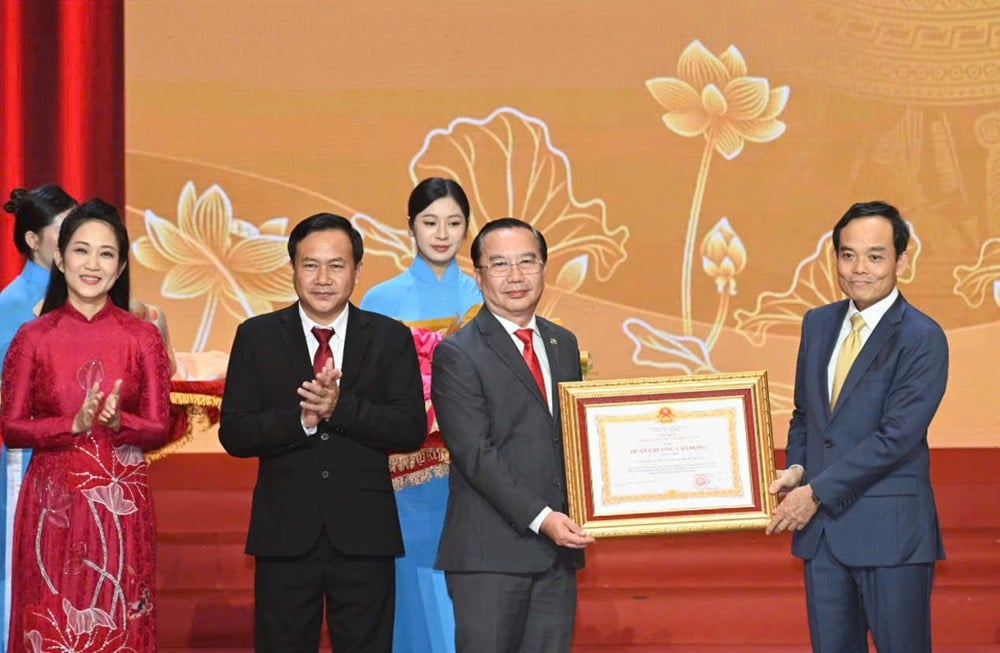
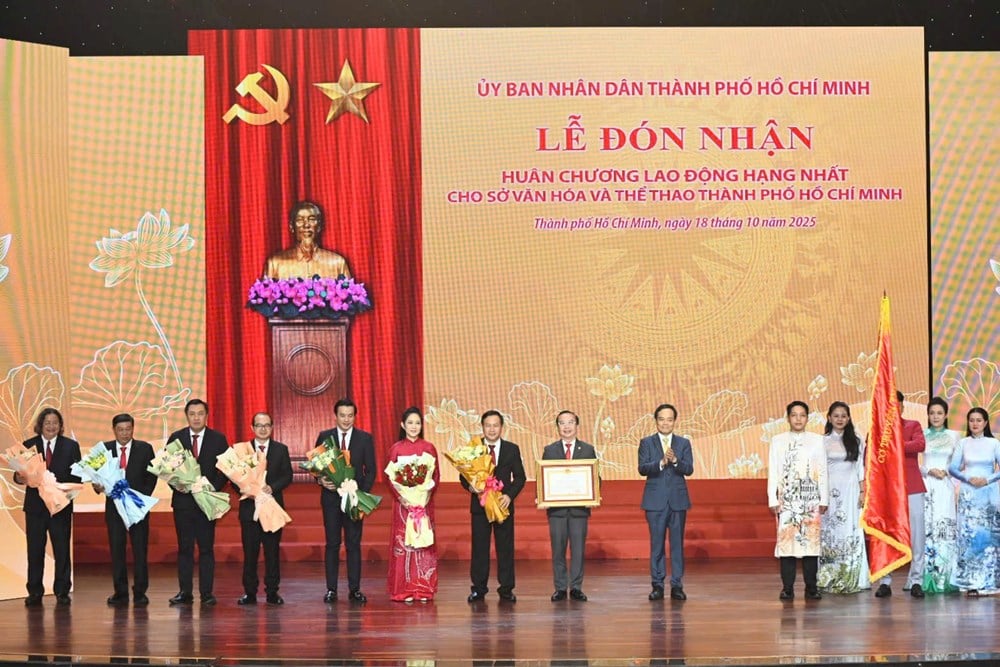
International exchange and cooperation activities have been expanded, many large-scale art performances and exchanges have been organized, contributing to promoting the cultural image of Ho Chi Minh City and Vietnam to the world. Mass literature and art continue to be strongly developed, creating a creative space and rich cultural activities at the grassroots level.
“Over the past 50 years, Ho Chi Minh City’s literature and arts have overcome many difficulties, vividly reflecting the lives, aspirations and mettle of the city’s people. Cultural and artistic activities have always been pioneers in innovation and integration, while still maintaining national identity,” said Mr. Duong Anh Duc.
However, the Head of the Propaganda and Mass Mobilization Department of the Ho Chi Minh City Party Committee also said that besides achievements, there are still limitations.
That is, investment in culture and art is not commensurate; works of great stature and value are not many; salary and treatment policies are not attractive enough to "retain" talent; the team of theorists and critics is still lacking and the next generation is lacking; consulting and management capacity in some places is still weak.
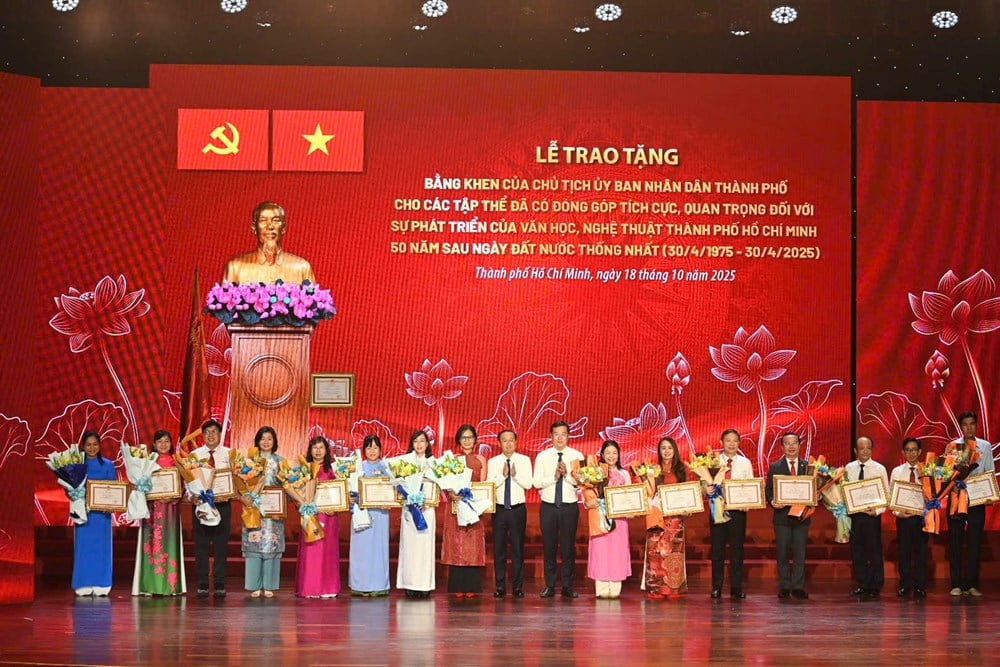
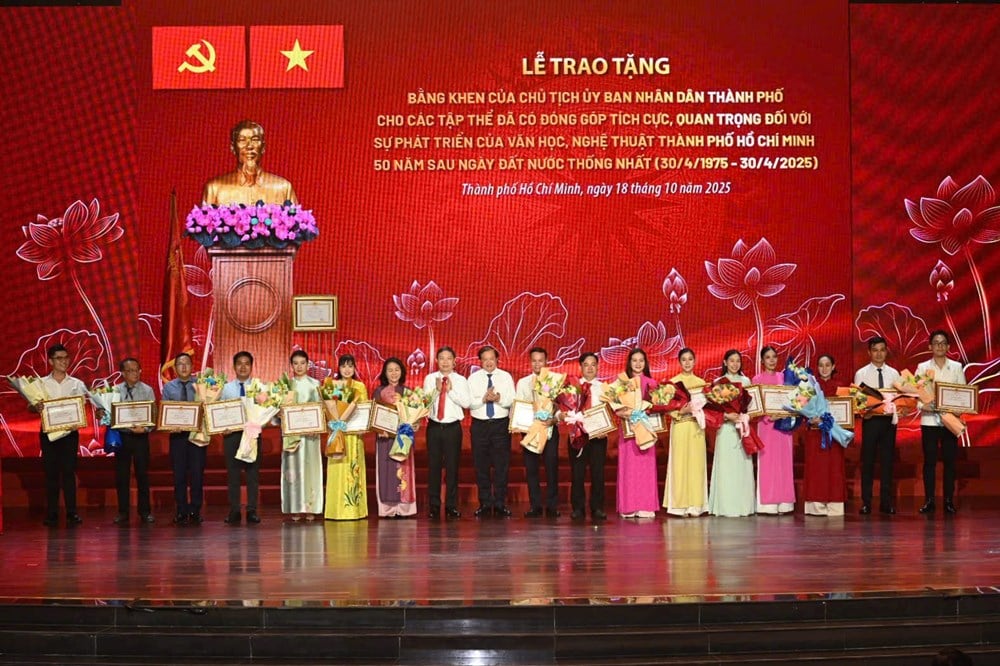
The main reason is that coordination between levels and sectors is not yet synchronous; some regulations on the organization and operation of professional associations are not close to reality; at the same time, the impact of the market economy, international integration and new technology causes cultural and artistic life to change rapidly, posing many challenges.
In terms of direction, the City has identified six key tasks. In the immediate future, promote propaganda, raise awareness and leadership capacity of Party committees and authorities at all levels regarding literature and art; Concretize the Party's guidelines and policies through incentive mechanisms, attract and nurture talents.
At the same time, perfect the system of cultural institutions, ensure material facilities for creative activities and performances. Strengthen management and orientation of press, publishing, culture and arts; proactively fight against harmful cultural products.

Ho Chi Minh City carries out the work of preserving and promoting tangible and intangible cultural values in the city; linking the development of literature and art with the preservation of fine traditional cultural values of the nation.
Continue to effectively implement the City's Cultural Industry Development Strategy for the 2020-2030 period, focusing on the 2025-2030 period, ensuring the common goal of developing Vietnamese cultural industries in Ho Chi Minh City into important service economic sectors, contributing to economic growth.
City's Artists' Mark in the Creative Flow
Speaking at the conference summarizing 50 years of Literature and Arts of Ho Chi Minh City, Ms. Duong Cam Thuy, Vice President of the Union of Literature and Arts Associations of Ho Chi Minh City, President of the Cinema Association of Ho Chi Minh City, recalled the mark of the "special force" - the artists who accompanied the troops to liberate Saigon in the Spring of 1975.
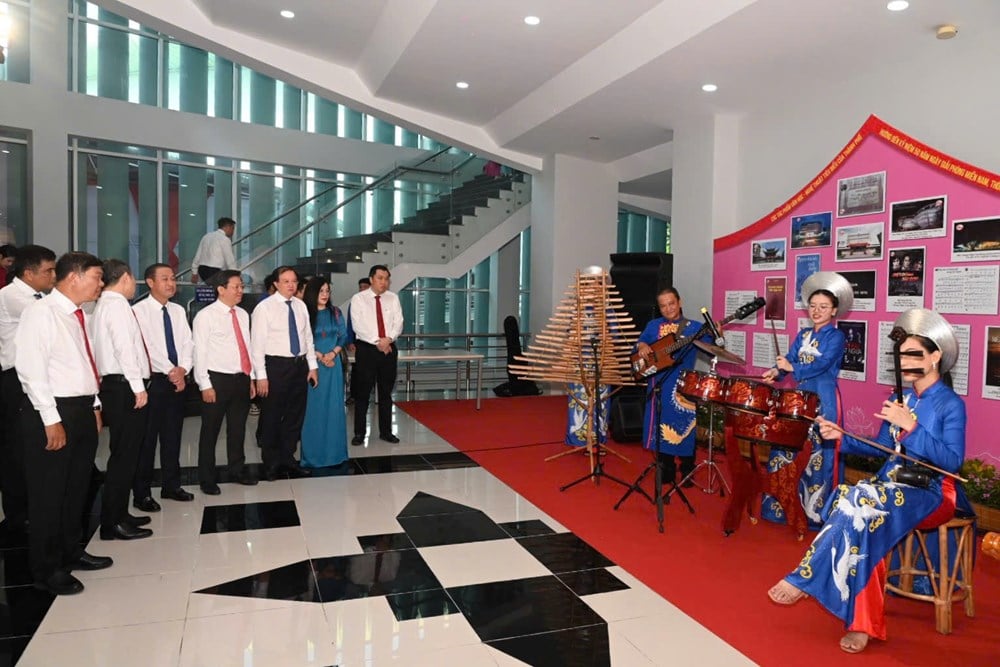
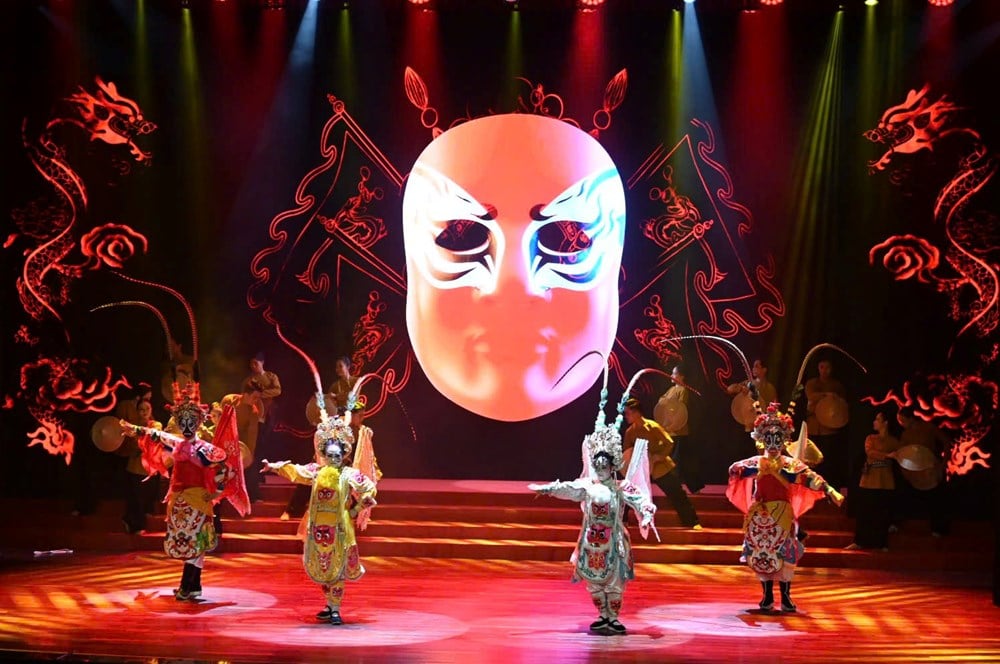
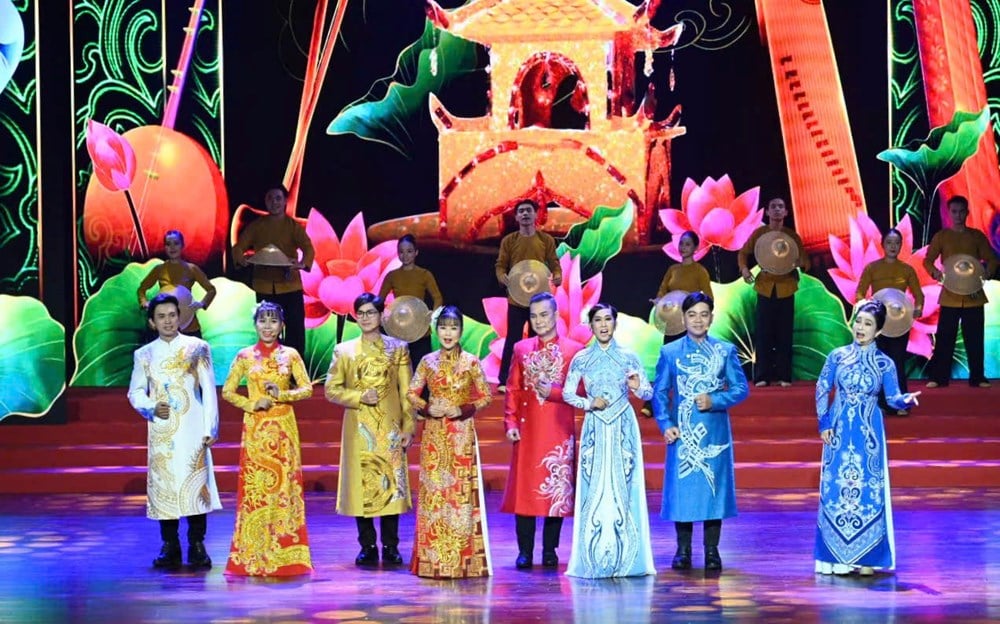
After reunification, Ho Chi Minh City faced many challenges: fighting to eliminate remnants of reactionary culture, restoring and developing literary and artistic activities, while preserving and promoting the role of patriotic intellectuals and artists.
The State promptly consolidated the system of cultural institutions – press, radio, television, publishing houses, theaters, art schools – creating a foundation to encourage creation and build a new cultural life with a revolutionary spirit.
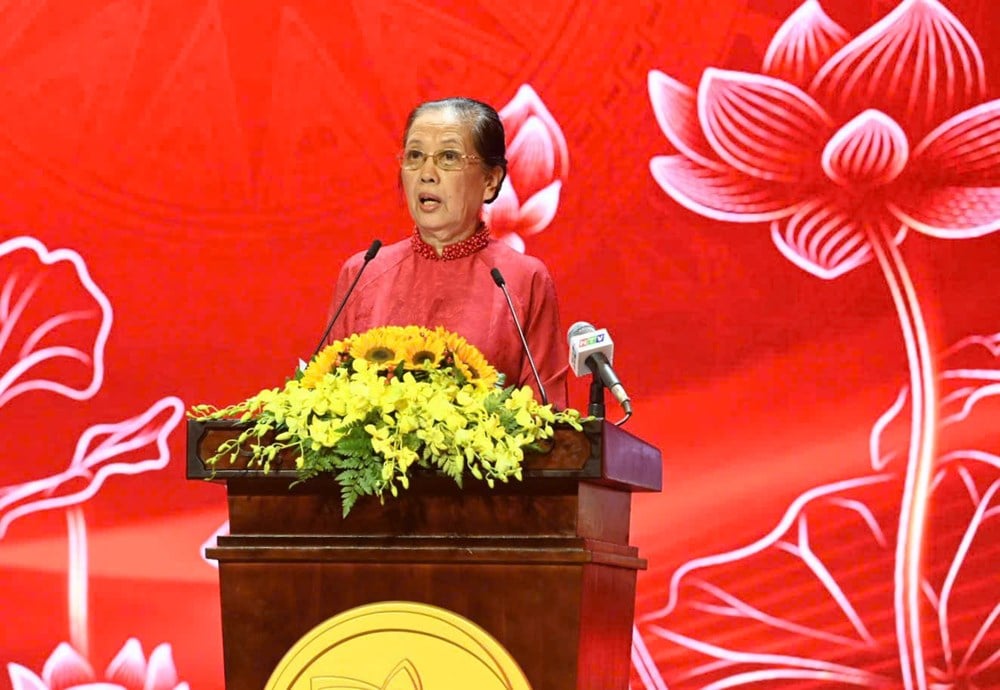
From the artists of the Liberation Arts Association and local associations, Ho Chi Minh City has formed a rich and energetic creative team with hundreds of works of music, literature, fine arts, theater, cinema, architecture, dance... leaving a deep impression.
Ms. Duong Cam Thuy affirmed that Ho Chi Minh City is the country’s major economic and cultural center – always a place where many talents gather, nurture and shine. In the context of integration and innovation, the City’s literature and arts continue to affirm their own unique characteristics, with a strong creative imprint.
She expressed her hope that the City would pay more attention to the space, environment and conditions for creation, so that artists can devote themselves to creating many works to serve the revolutionary cause and the legitimate spiritual needs of the people.
Representative of veteran artists, People's Artist - Director Dao Ba Son said: "Fifty years is not long in the history of the nation, but it is enough to see the bravery, intelligence and soul of the people in general and the artists of Ho Chi Minh City in particular.
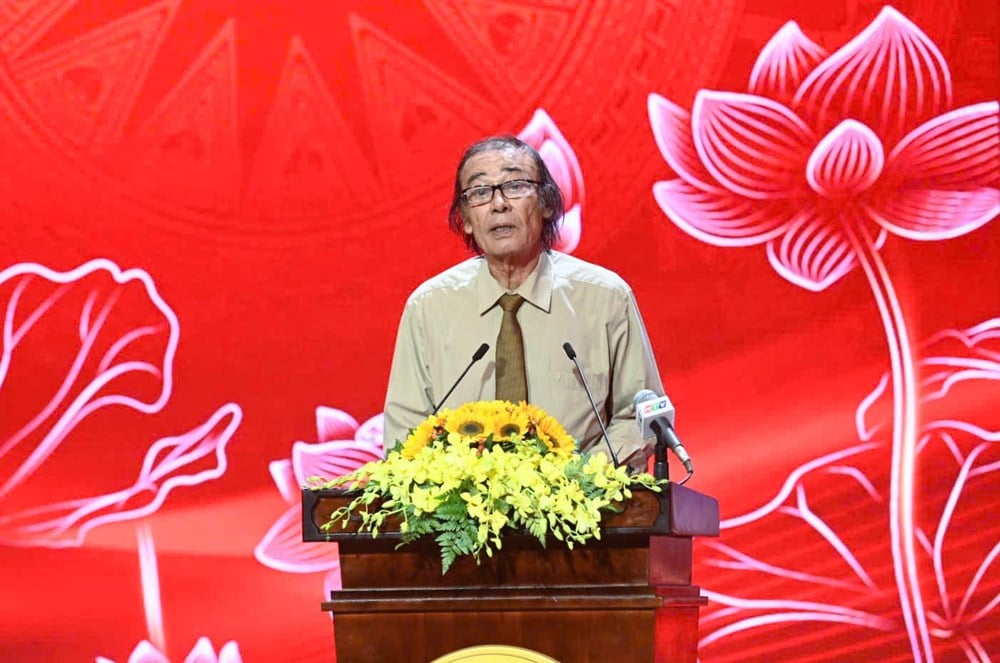
Since the country’s reunification, we – those who hold pens, brushes, instruments, and cameras – have gone through many changes with the people. In difficult times, artists still create and find joy in contributing to preserving identity and nurturing the human soul.”
According to People's Artist Dao Ba Son, Ho Chi Minh City's literature and arts today can be proud of having formed a diverse art scene, imbued with modern urban nuances but imbued with Vietnamese humanity. Particularly in the field of cinema, he sees it as "a mirror reflecting the soul of the City", where every beat of life contains stories, dreams and aspirations.
He believes that with the open space for creativity, Ho Chi Minh City can form cultural industrial zones, film studios, performance centers, creating a "creative belt" to promote the sustainable development of the city's culture and arts.
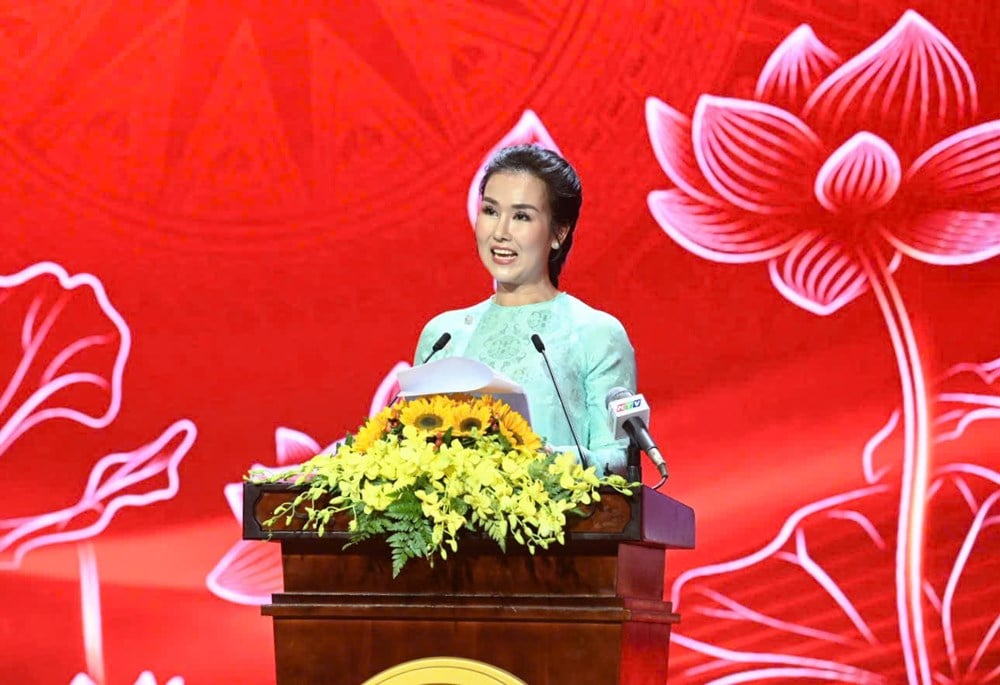
Representing the young generation, singer Vo Ha Tram emotionally shared: As someone who grew up from the mass arts movement, she is proud to contribute her voice to this meaningful event.
Since her early years of working at the Children's House and the District Cultural Center, in a dynamic artistic environment, she has gradually asserted herself through many playgrounds, from the Champion of the Ho Chi Minh City Television Singing Contest 2007 to international exchange programs, bringing the City's singing voice to friends around the world.
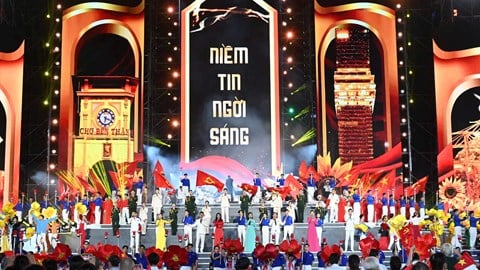
Where artistic streams meet after half a century of creation
Vo Ha Tram expressed her gratitude to the previous generation of artists who have guided and passed on their skills, helping young artists maintain their ethics and responsibility to the audience. She believes that without the City's attention to the arts movement and cultural institutions, there would be no generation of young artists to inherit and create today.
The female singer hopes that Ho Chi Minh City will continue to invest in open performance spaces, youth talent training programs and regular stages to serve the people, so that art can spread widely in the city's life.
Ho Chi Minh City's culture and arts must make a breakthrough commensurate with the stature of the City named after Uncle Ho.
Speaking at the conference summarizing 50 years of Ho Chi Minh City Literature and Arts, Secretary of the Ho Chi Minh City Party Committee Tran Luu Quang expressed his thanks to generations of artists and writers who have contributed over the past half century to the development of culture, arts and the appearance of the City today.
The Secretary said that the Conference was supposed to be held on April 30, but due to many objective reasons, it was postponed to this time.
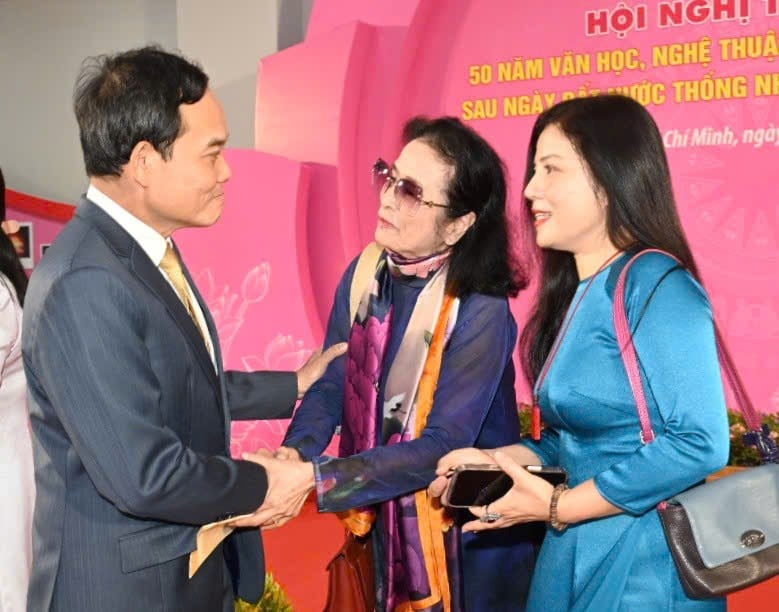
According to the City Party Secretary, the event is not only a summary conference but also an opportunity to meet, express gratitude and honor those working in the city's culture and arts, and at the same time spread inspiration to the young generation, those who are and will continue the creative journey of Ho Chi Minh City.
Secretary Tran Luu Quang shared and accepted the contributions and ideas of the artists for the development of the literature and arts sector as well as the overall development of the City.
“The most important thing is how we can inspire the young generation, so that those who are and will become City artists continue to nurture their souls and creative aspirations,” he emphasized.
Secretary of the City Party Committee Tran Luu Quang also informed about some major orientations on developing cultural space in Ho Chi Minh City: the area of Ben Nha Rong - Ho Chi Minh Museum will be expanded into Ho Chi Minh cultural space combined with a park, completely stopping all housing projects here to prioritize public space, art and cultural services.
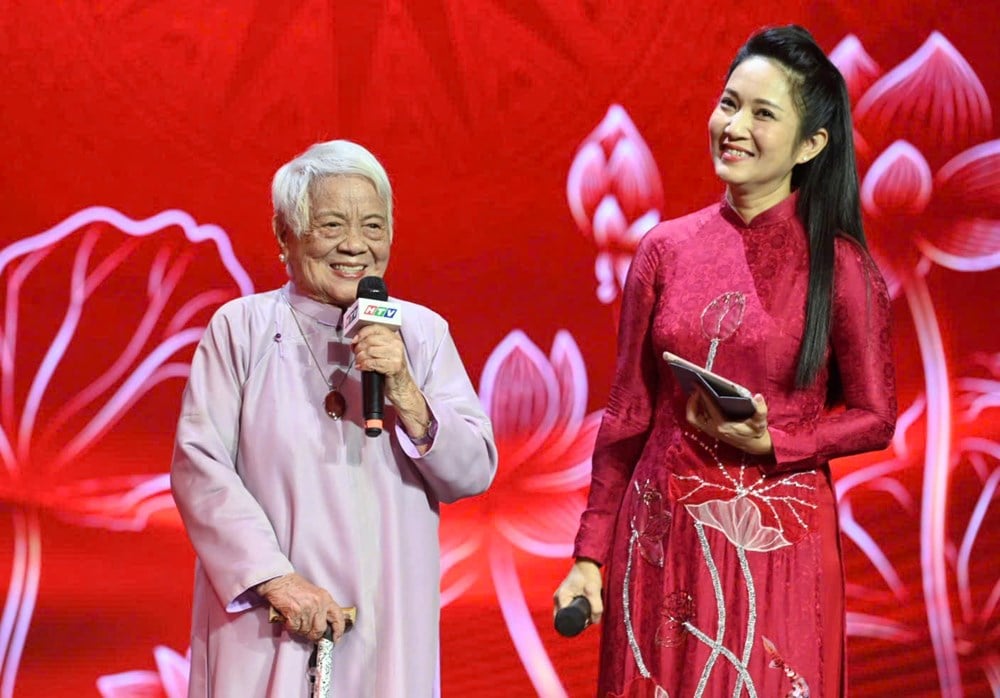
In addition, the land plot No. 1 Ly Thai To (located between Hung Vuong - Ly Thai To streets) will be converted into a park combined with the construction of a memorial monument for Covid-19 victims, while forming a multi-functional space to serve the cultural and artistic activities of the City.
The City Party Committee is also considering re-planning old office buildings, prioritizing land for cultural institutions, stages, and community activity venues; and continuing to research and effectively exploit the two banks of the Saigon River as a space for cultural, tourism, and creative development in the future.
“Today, Ho Chi Minh City is the largest center of the country, named after beloved Uncle Ho, so we cannot be satisfied with what we have. The city's culture and arts must continue to make breakthroughs, commensurate with the position, stature and aspirations of the city named after great Uncle Ho,” affirmed Secretary of the City Party Committee Tran Luu Quang.
Within the framework of the conference, the Department of Culture and Sports of Ho Chi Minh City was honored to receive the First Class Labor Medal awarded by the President. The City People's Committee also awarded Certificates of Merit to collectives and individuals who have made important contributions to the development of literature and arts in Ho Chi Minh City over the past 50 years.
Some photos at the Conference:
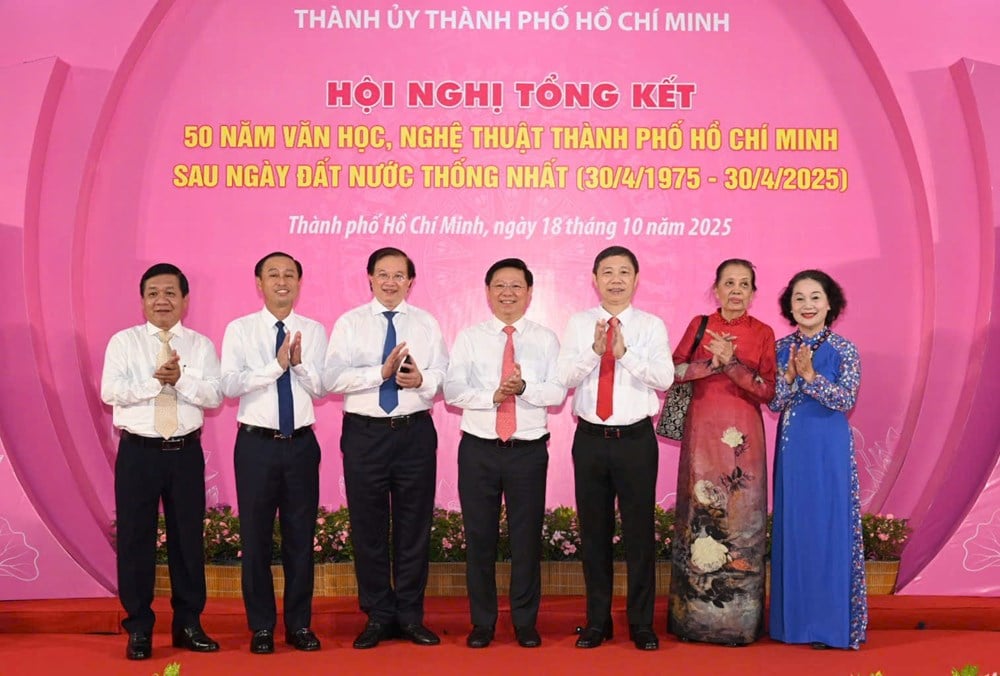
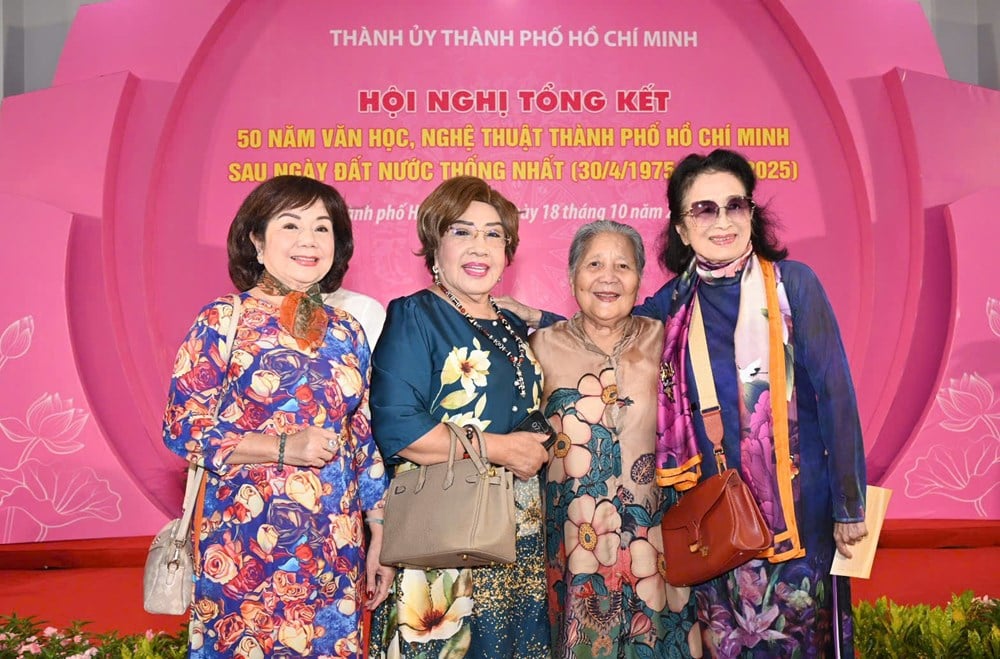
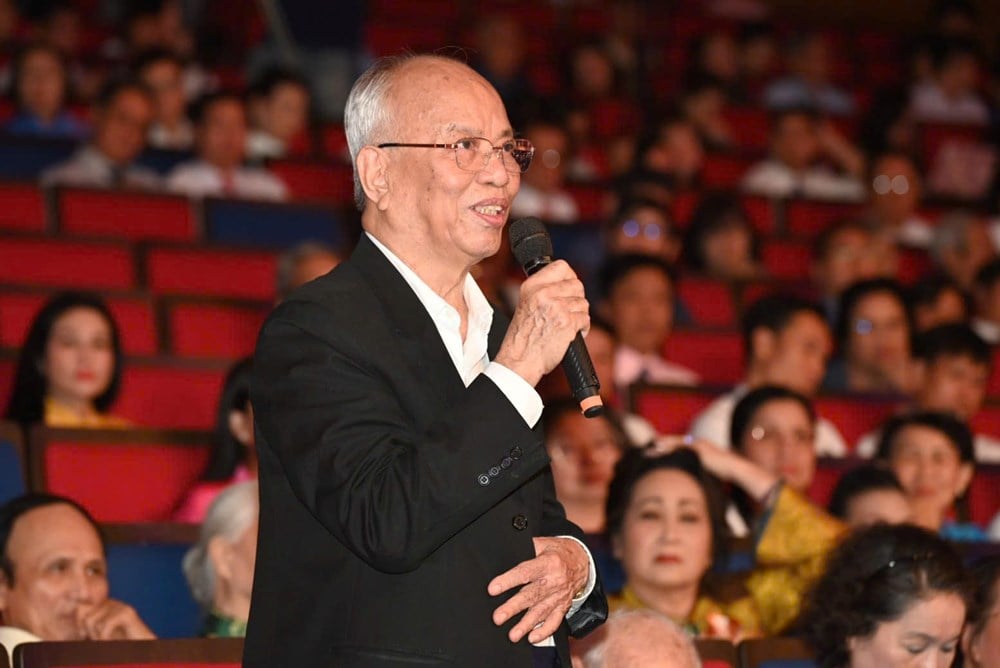
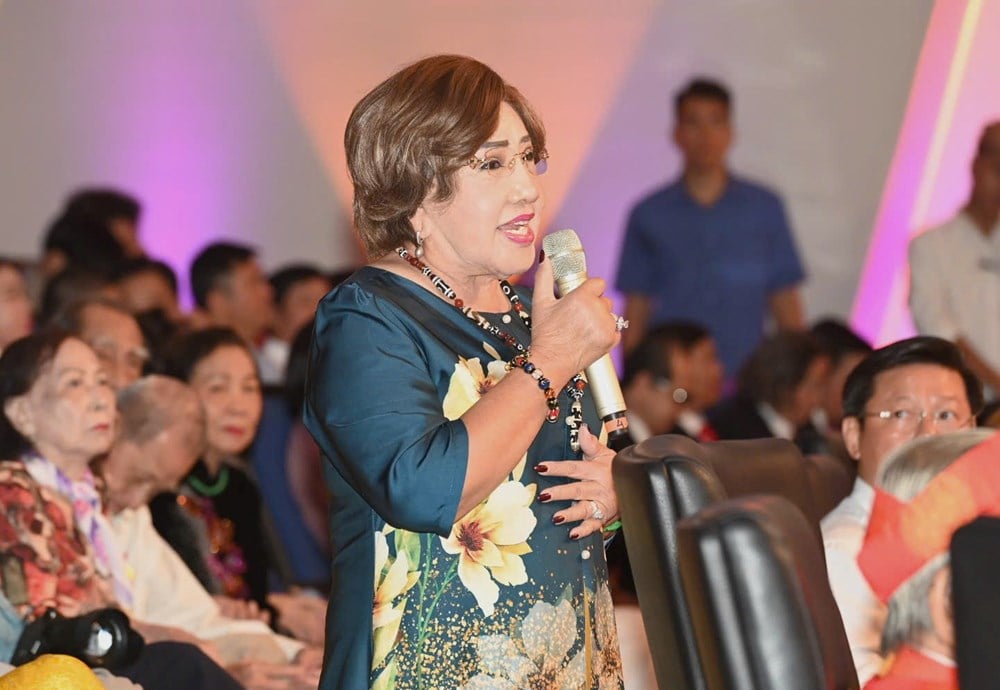
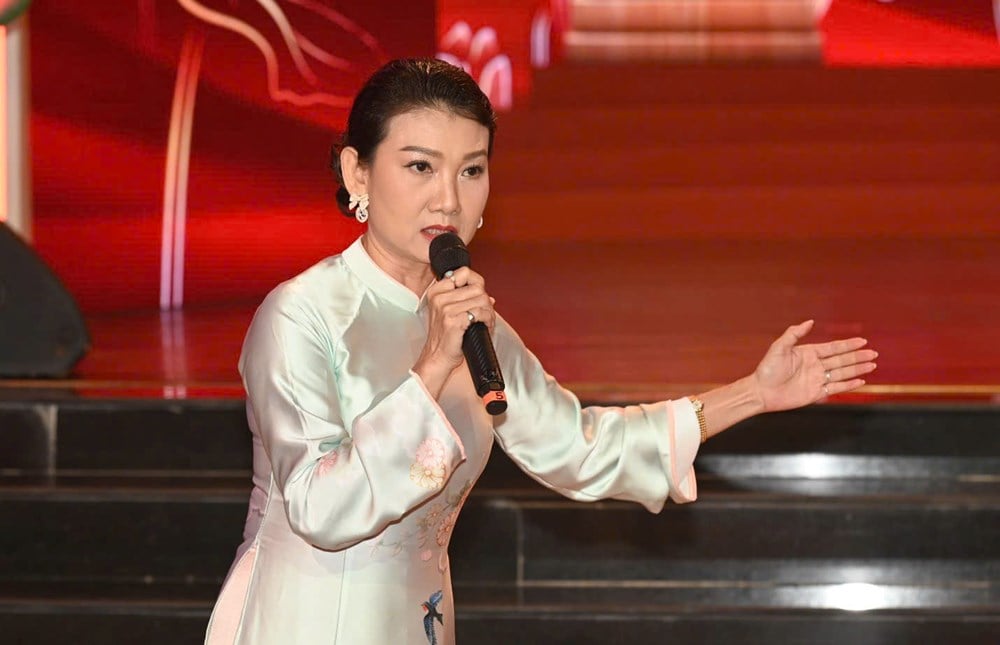
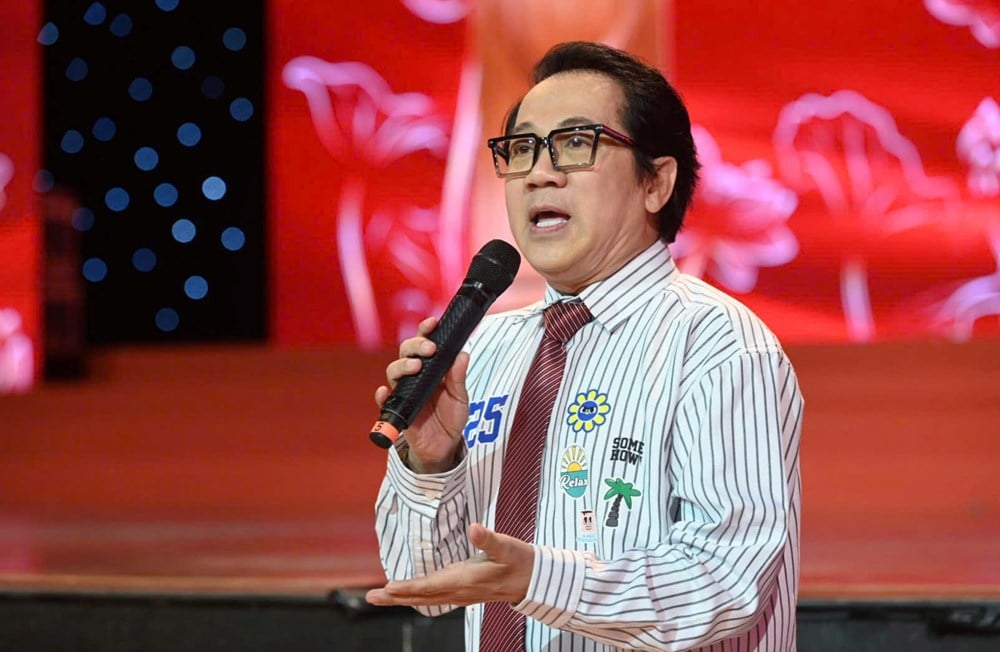
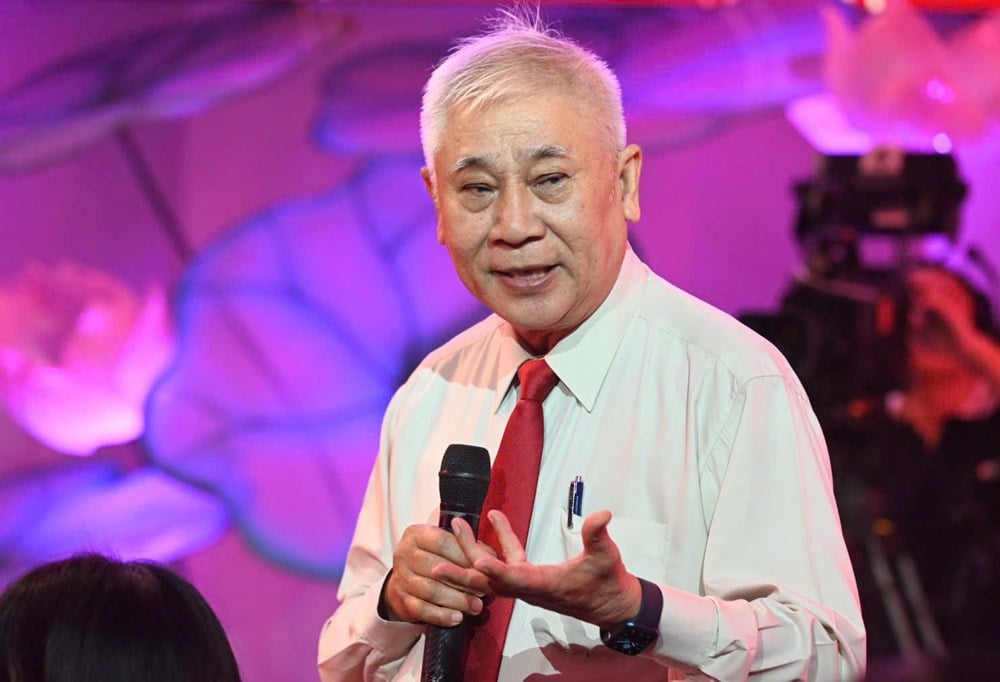
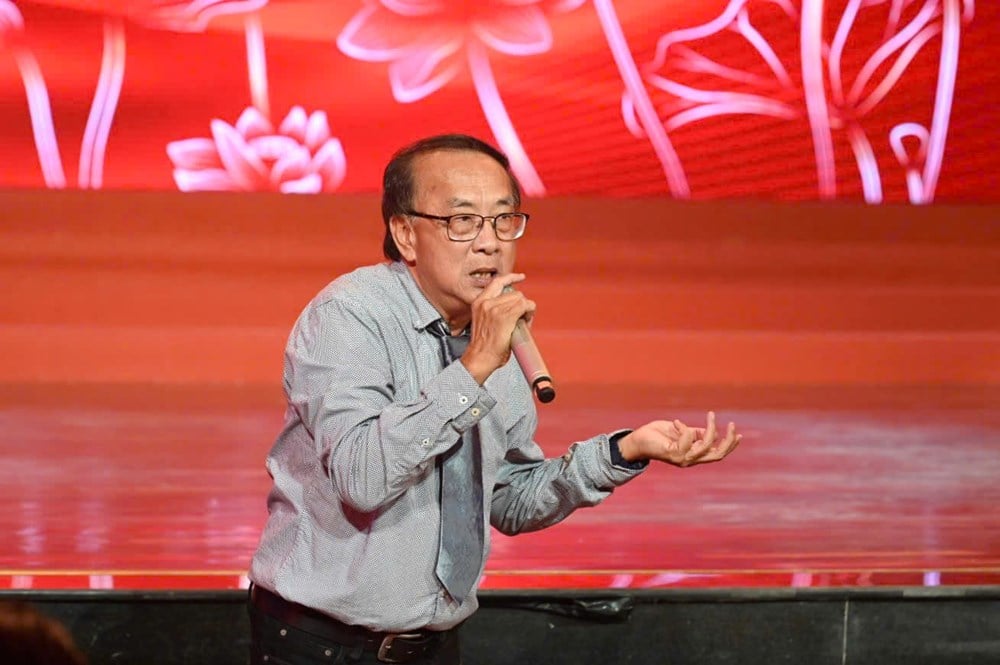
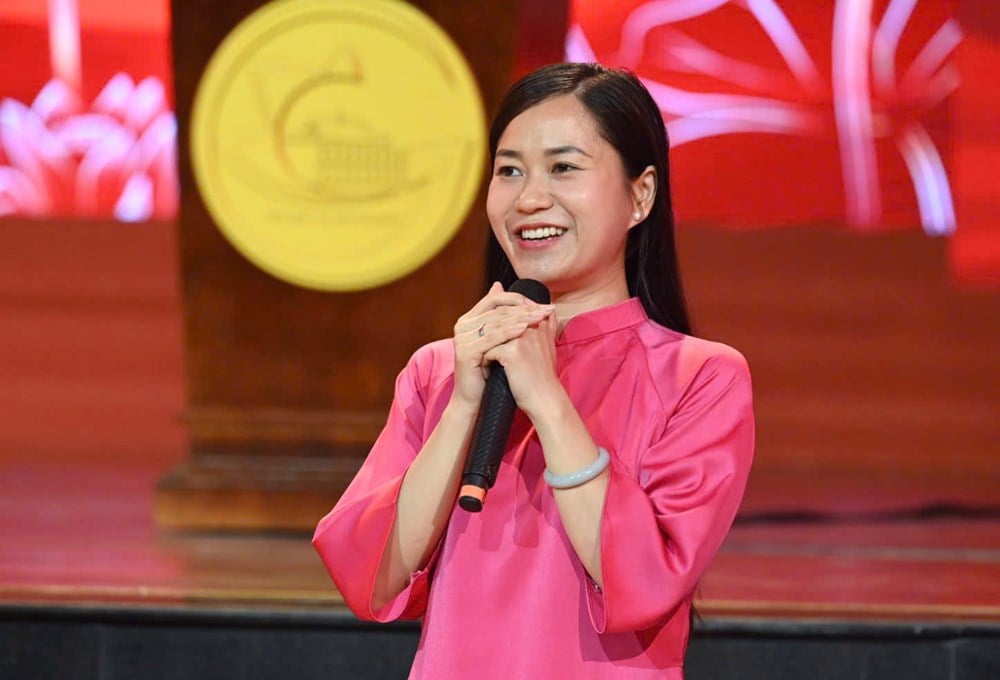
Source: https://baovanhoa.vn/van-hoa/tong-ket-50-nam-van-hoc-nghe-thuat-sau-ngay-dat-nuoc-thong-nhat-175539.html







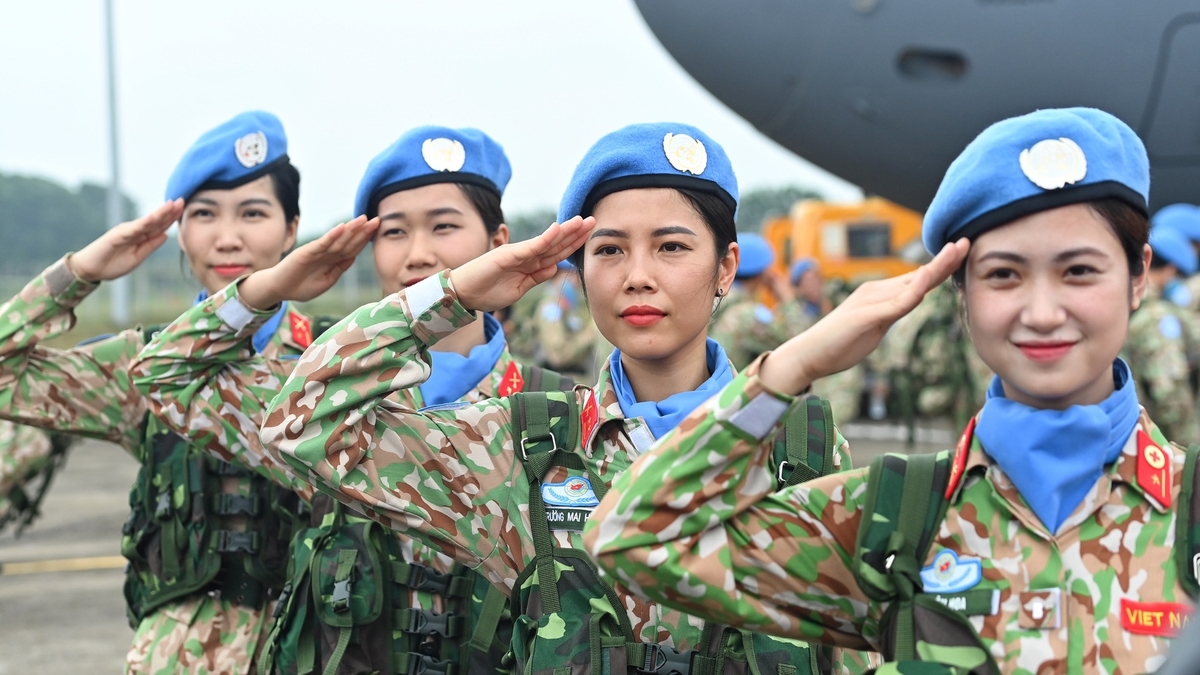
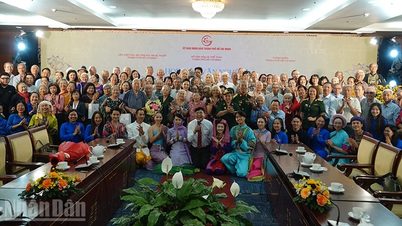

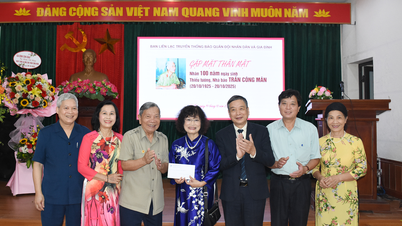



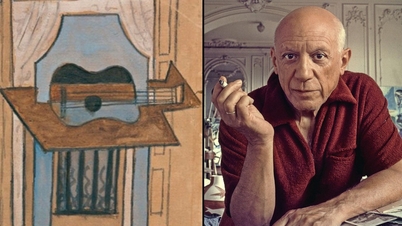

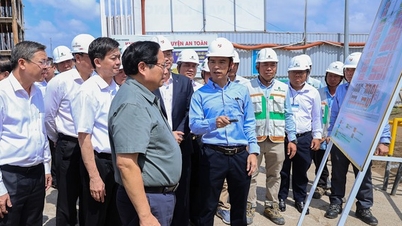

![[Video] "Homeland in the Heart: The Concert Film" - Continuing an Emotional Journey](https://vphoto.vietnam.vn/thumb/402x226/vietnam/resource/IMAGE/2025/10/19/1760848890719_720-jpg.webp)




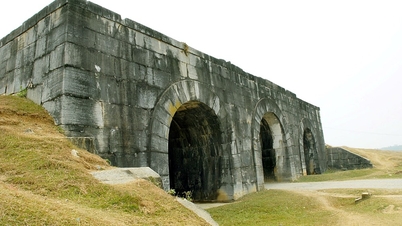


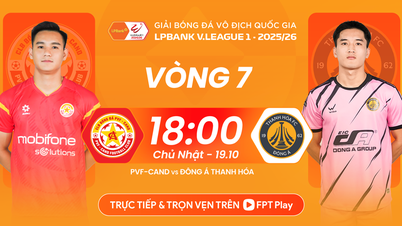



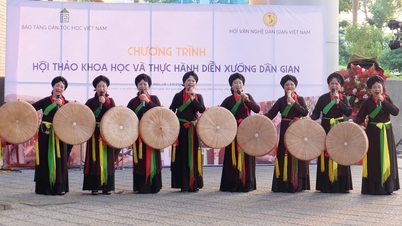


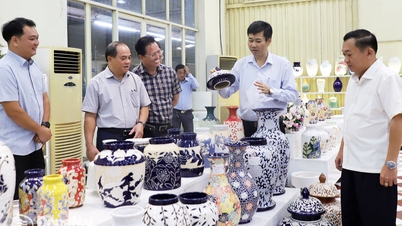







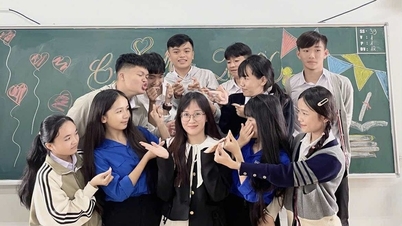

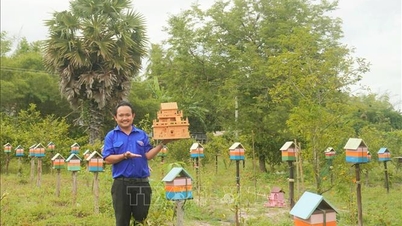




















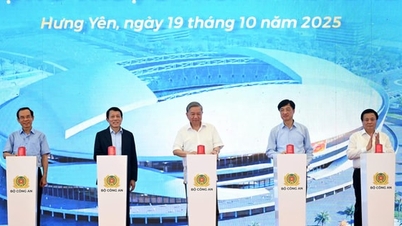


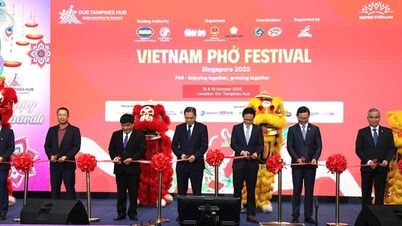
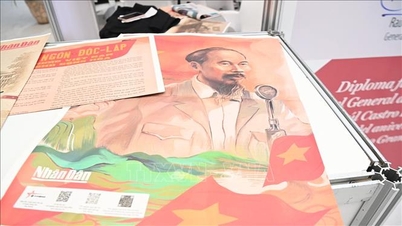
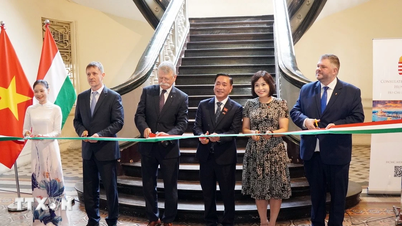

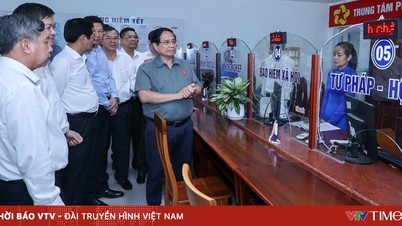
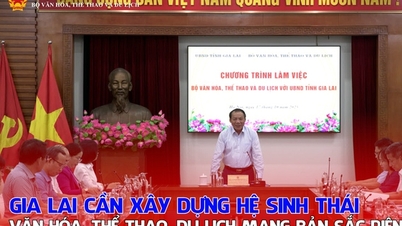

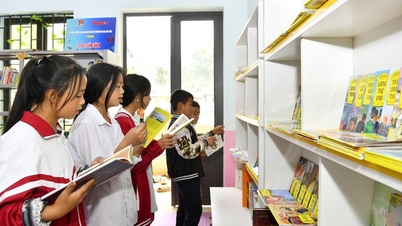




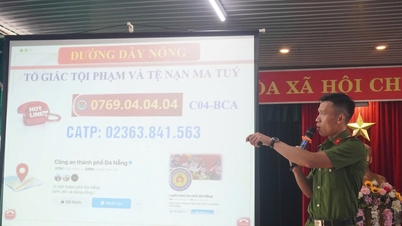

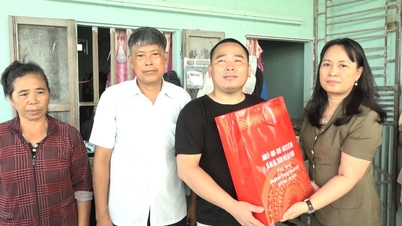

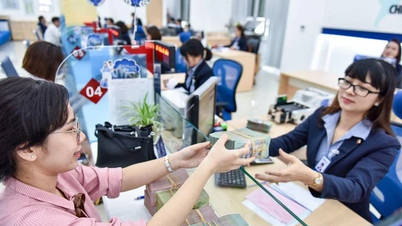


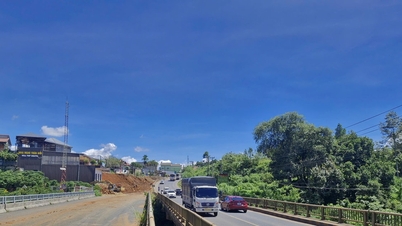

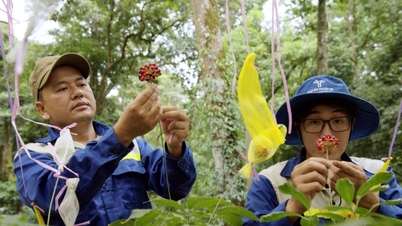








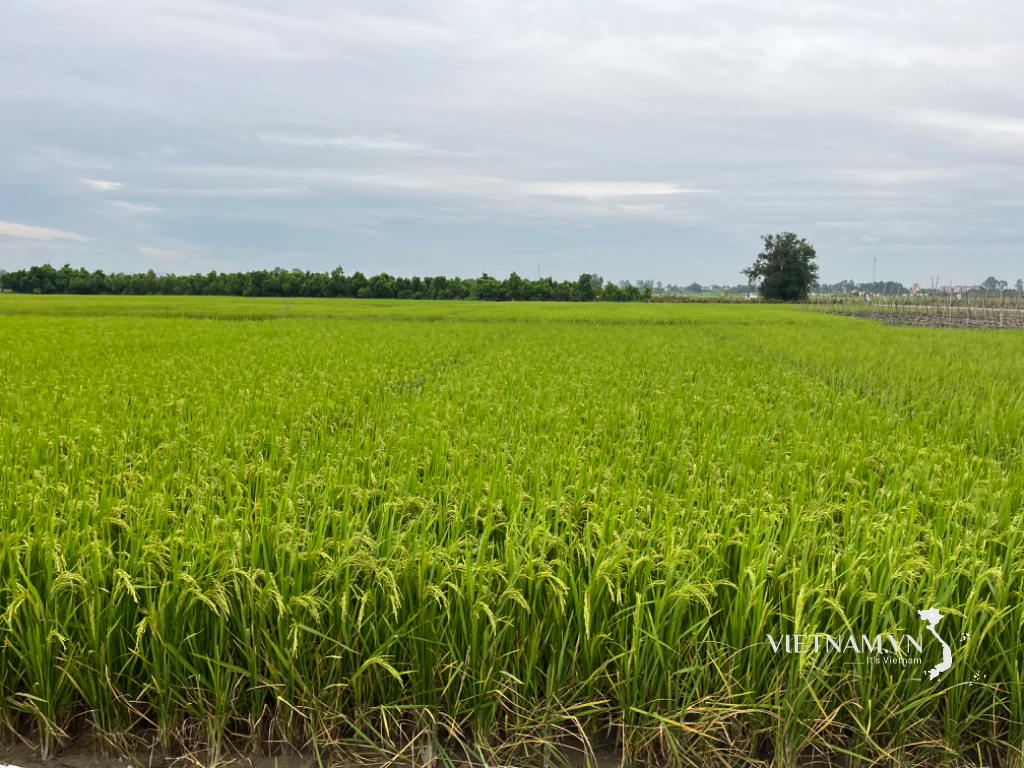



Comment (0)